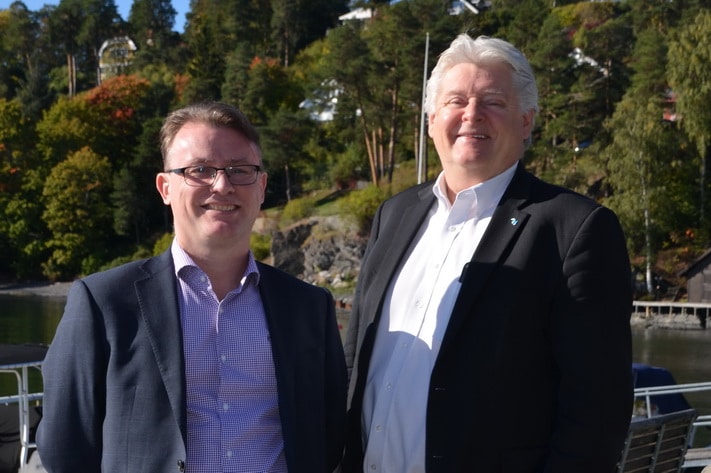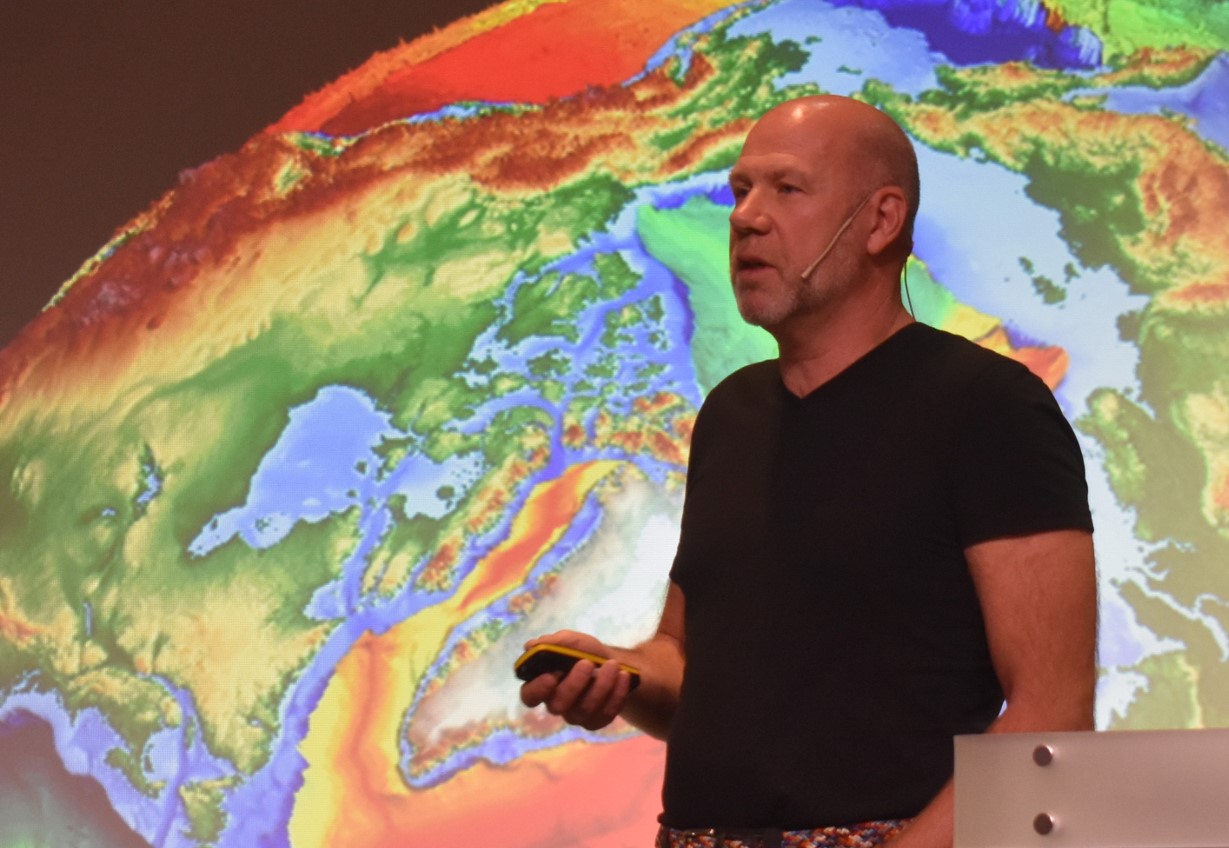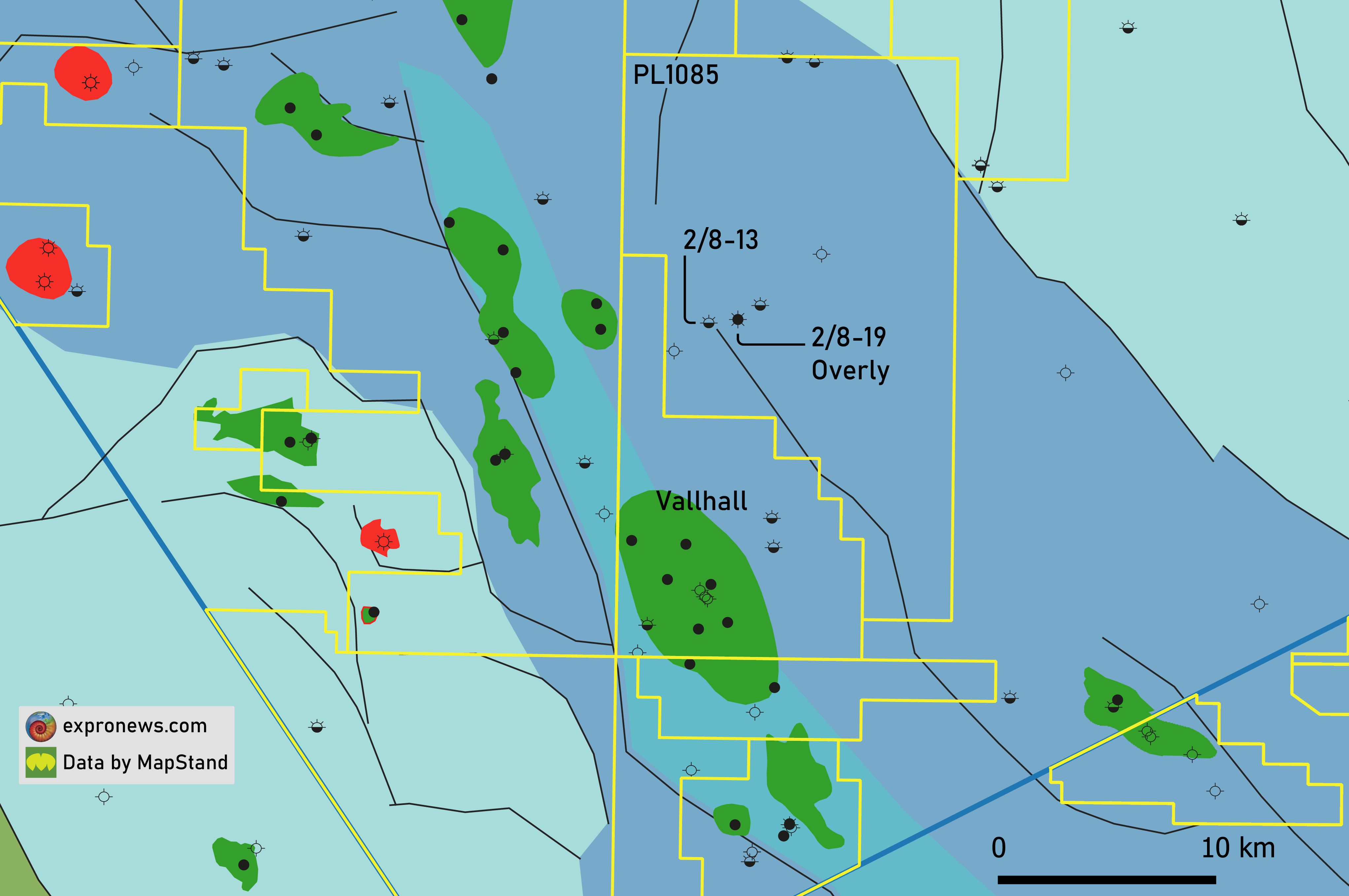“We will have to cover large parts of the North Sea one more time, and that will take several years,” Bjarte Bruheim, Executive Chairman of Axxis Geo Solutions (AGS), says.
The backdrop is this: The North Sea – a world-class petroleum province – is, as a result of 50 years of exploration and exploitation, now considered “mature”. High prospectivity and numerous finds have resulted in immense amounts of 2D and 3D seismic. The larger part being multiclient data that brings down cost for the oil companies. However, with recent advances in technology, much of the old data is inferior and does not satisfy the explorationists need for better imaging in their search for subtle traps and the engineers need for improved reservoir modelling.
“Most of the North Sea is now a brown-field area. The major task is therefore to extend the life of existing fields and find additional resources in order to make the most out of existing infrastructure. For this, seismic with superb imaging is required,” Bruheim says, explaining his motivation for his new start-up – AGS – in the seismic industry.
“We are in the process of initiating a new megatrend,” he claims, referring to the huge multiclient 3D seismic programme, a first of its kind, that is now being acquired in a highly productive area west of Johan Sverdrup. AGS has partnered with Aker BP, and together the two companies are taking seismic a step further.
“We are developing this technology and processes, including advanced imaging, to make our client, the oil companies and the government successful,” Bruheim says, thereby taking some credit for future discoveries and optimized production, that eventually will result in increased revenues for the Norwegian state.
Improved imaging
Founded by Bjarte Bruheim, Jogeir Romestrand, Rick Dunlop and Lee Parker, Executive Chairman, Executive Vice-Chairman, EVP Operations and CEO, in 2016, AGS is the latest addition to the tribe of geophysical contractors serving the oil companies. While WesternGeco gave in earlier this year and sold their entire 3D-fleet to Shearwater Geo Services, and CGG reduced their fleet to five high-end seismic vessels some few years ago, soon to be three, AGS thinks differently and foresees a great future for the ocean bottom seismic industry.
The solution, the four founders say, is to take advantage of recent advances in seismic technology and move in a different direction.
“The condition for my statement about the future of seismic in the North Sea is that we are able to provide the oil companies with improved imaging, and we have a strong belief that ocean-bottom seismic (OBS) is the answer,” Bruheim says, referring to technology that was introduced in the early 90’s and commercially available in 1996, more than 20 years ago, but not being widely used as it has been considered too expensive. This has been particularly true for exploration.
As demonstrated by Martin Landrø and Lasse Amundsen in their Introduction to Exploration Geophysics with Recent Advances (2018), OBS has many advantages compared to streamer technology. In particular in areas with intricate geology, the Statfjord field in the North Sea and the Atlantis field in the Gulf of Mexico being good examples.
The statistics support Bruheim’s view about the future. While there is no real growth in the seismic market overall, OBS is taking a larger share year by year and reached one billion dollars in 2018. That is up from 6-700 million dollars just a couple of years back in time.
“It’s certainly a growing market. In a few years’ time oil companies may spend 2-3 billion dollars a year on OBS,” Parker says.
The explanation for this is simple.
“By using OBS-data it will be possible to come into production at an earlier stage, thereby increasing the net present value of a field,” he says. OBS coupled with shallow water drilling is the most cost-efficient way to quickly return investment in a depressed commodity market.
OBS or – rather – OBN
For starters, OBS means placing stationary receivers on the seafloor in cables or nodes with a separate vessel for source. The AGS way is to use nodes instead of cables. Bruheim therefore invariably refers to OBN (Ocean Bottom Nodes), fully aware that the trend seems to be moving from cables to nodes, partly because nodes are much more flexible in areas with lots of infrastructure, partly because they are ideal in deep water.
Bruheim’s overall ambition is to improve imaging of the subsurface in areas with complex geology. But there is one condition: “The oil companies must be willing to pay for resolution.”
“Our operation in the North Sea is with 2 source vessels, each with 3 sources and a complement of over 9000 4C nodes, resulting in a more than 1000-fold, using 2 vessels for deployment”, says Parker, who is on a short visit to Norway, one of many this year because of the unique operation that is carried out in close cooperation with Aker BP.
Parker is former EVP operations in Geokinetics, a company that specialized in land, transition zone and OBS seismic. According to Bruheim, Parker’s experience in doing large land seismic projects has great value for AGS, as – according to him – OBN in many ways is closer to land seismic than streamer seismic is.
“We are basically doing land seismic on the sea floor”.





